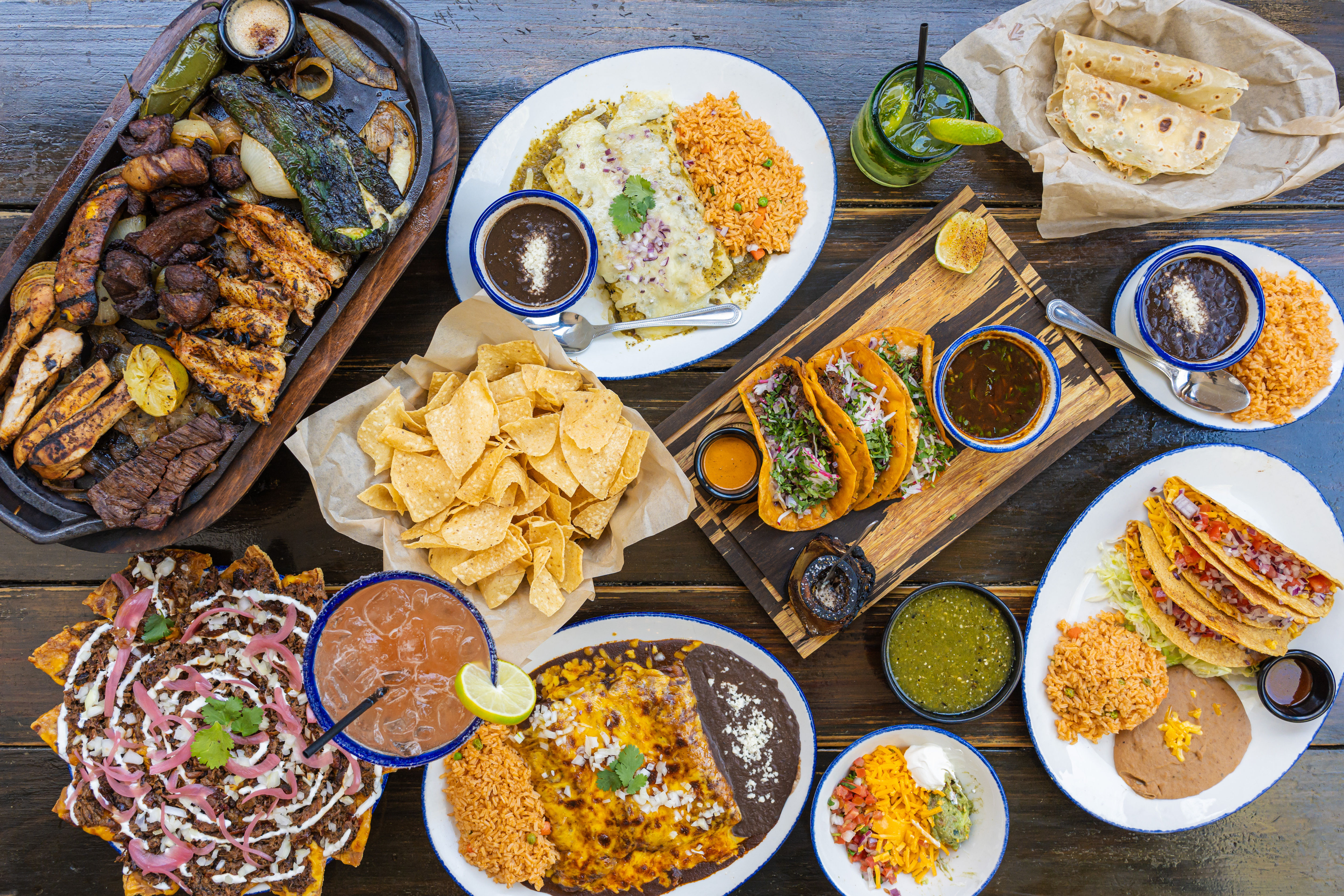MECA’s Día de Muertos Festival Keeps Indigenous Cultures Alive

Houstonia’s The Must List tells you about something going on in Houston that you absolutely cannot miss.
Every November for the past 24 years, venerable nonprofit Multicultural Education and Counseling Through the Arts (MECA) opens its doors to Houstonians for a free two-day Día de Muertos celebration, happening this year November 2 and 3. Full of song, dance, art, and—of course—food, the annual event honors dearly departed loved ones through a lively, colorful fusion of current-day Mexico’s pre-colonization Indigenous cultures (primarily the Mexica peoples, more commonly referred to as the “Aztecs”) and Catholicism.
Luis Gavito, curator of the ofrenda (altar) display at the Día de Muertos festivities, notes that the blend occurred out of necessity. The Mexica hoped to preserve their own rituals and beliefs in the wake of the Spanish invasion, which brought with it forced conversion to Catholicism. Ofrendas and much of the associated symbology, such as papel picado (brightly colored tissue paper cut into seasonally appropriate shapes), cempasúchil (marigolds), and monarch butterflies all hearken back to Mexica life in the times before Hernán Cortés and his armies invaded.
“The Catholic Church celebrates All Saints Day and All Souls Day on the first and second of November. So basically [the Mexica] said, ‘Well, look, we have a celebration of the dead also.’ They moved the celebration to fall on November first and second,” Gavito says. “But when you have mass conversion of people, they tend to keep some of their own traditions. When you see an ofrenda, you will see it has both Indigenous components and Roman Catholic components.”

As curator, Gavito has selected 30 locally crafted ofrendas to showcase at this year’s event, mainly as a way to commemorate the dead, but also to highlight the creative talent of MECA members. Before the celebrations officially begin, the ofrendas are given a Catholic blessing and honored with Mexica dances and the burning of traditional copal incense. Houstonians are then invited to place photos and offerings at the open altar.
“The belief is that there’s this veil between the world of the living and the world of the dead, and during this time, that veil is at its thinnest, and therefore the spirits of the dead can travel this way,” Gavito says. “It’s a very spiritual experience, because [participants] are sharing with us these emotions, their families. The ofrenda should tell the story of the individual that’s being honored.”
Día de Muertos brings family lore into the community to ensure that the names of their deceased loved ones live on. Gavito notes that people die twice: once physically, the other when history forgets their name. MECA’s festival is free and open to all who wish to attend, an important precedent set by MECA's now-retired founder and executive director, Alice E. Valdez.
“Twenty-four years ago, [our] board and leadership decided that they would stop doing galas as fundraisers and replace it with something more community-driven,” says the current executive director of MECA, Armando Silva. “We’re not just bringing in vendors to vend, but we’re really making sure that it makes sense to our community… People who are coming to visit and shop are going to really be able to take something home worthwhile that reminds them of community…of the reason we celebrate.”
Along with the ofrenda exhibit, this year’s event includes face painting and crafts for kids; dance performances by MECA alumna Virginia Stille, Danza Azteca Taxcayolotl, MECA Ballet Folklórico, and others; and vendors selling artwork, jewelry, fair trade ceramics and crafts, candles, and more. All of these participants were selected because of their commitment to MECA’s overarching missions.

Silva doesn’t have an exact number of visitors who come to the Día de Muertos festival annually, but he estimates it’s in the thousands. That’s thousands of people keeping memories of the deceased alive, but also preserving and promoting historically suppressed Mexica and broader Indigenous cultures.
“I’m 75 years old. When I went to school, you weren’t permitted to speak Spanish. You could be suspended from school for speaking Spanish… If you took a taco to school for lunch, people would laugh at you,” Gavito says. “So you start having this sense that, well, maybe we’re not any good. To me, to keep these traditions in life is part of [cultural] pride.”
A city like Houston, where 44 percent of the population is of Hispanic or Latin American heritage (per the 2020 census), makes for an ideal location to ensure Mexica traditions die neither a first nor a second death. At 24 years old, MECA’s celebration has already lasted roughly one generation, and it maintains the momentum needed to continue for more.
“Día de Muertos is very specific to certain areas of Mexico, not all across the country. Now it’s important to our Houston community and to the MECA community,” Silva says. “We’ve been at the forefront of bringing this tradition to the city, really doing it in an educational way, where people are understanding and learning that it is not the Mexican Halloween. It has Indigenous roots.”




